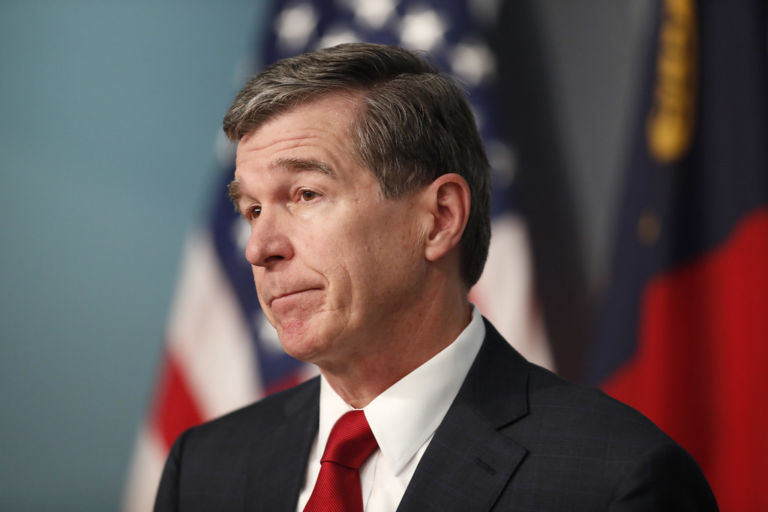As the News & Observer‘s editorial board joins ChiCom apologist Tom Friedman in a teenage crush over high-speed rail, Washington Post editorial writer Charles Lane points out what should have been obvious long ago: High-speed rail is for losers.
Lane’s column focuses on how even a system like China’s, with none of the democratic checks and balances tending to slow down massive government boondoggles, still couldn’t build a rail system that worked.
Faced with a financial and public relations disaster, China put the brakes on [Railways Minister] Liu [Zhijun]’s program. On April 13, the government cut bullet-train speeds 30 mph to improve safety, energy efficiency and affordability. The Railway Ministry’s tangled finances are being audited. Construction plans, too, are being reviewed.
Liu’s legacy, in short, is a system that could drain China’s economic resources for years.
Lane notes that “China’s bullet-train experience shows what can go wrong when an unelected elite, influenced by corrupt opportunists, gives orders that all must follow — without the robust public discussion we would have in the states.”
But he makes a larger point, one that the Friedmans and Steve Fords seem incapable of fathoming:
The fact is that China’s train wreck was eminently foreseeable. High-speed rail is a capital-intensive undertaking that requires huge borrowing upfront to finance tracks, locomotives and cars, followed by years in which ticket revenue covers debt service — if all goes well. “Any .?.?. shortfall in ridership or yield, can quickly create financial stress,” warns a 2010 World Bank staff report.
Such “shortfalls” are all too common. Japan’s bullet trains needed a bailout in 1987. Taiwan’s line opened in 2007 and needed a government rescue in 2009. In France, only the Paris-Lyon high-speed line is in the black.
[SNIP]
Meanwhile, in the United States, Obama’s high-speed rail plan, originally set at $53 billion over six years, has gotten a thorough democratic vetting. Three freshly elected Republican governors spurned federal dollars for high-speed rail, fearing a long-term burden on their budgets; homeowners in liberal Northern California are fighting construction through their neighborhoods; and the president agreed with Congress to trim current-year spending as part of a budget deal.
Sad to say, Obama’s plan continues to have it cheerleaders, on newspaper editorial boards, among business booster groups, and at the top levels of state government. Presumably, the preferences of North Carolina taxpayers, who’ll have to subsidize these follies to the tune of millions of dollars a year in perpetuity, don’t count.


